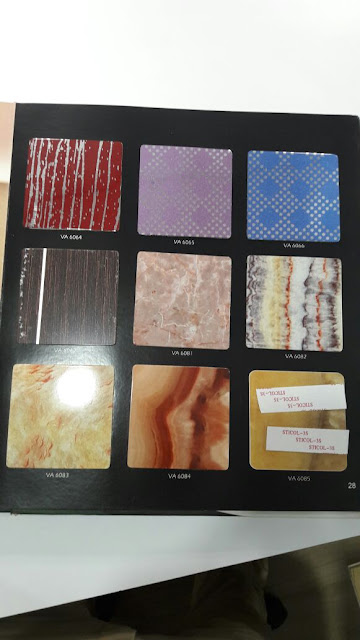Fibre Cement Panels, Stretch Ceiling & Laminate Cladding Materials That Make Modern Day Interiors
The way we design our interiors and homes is changing as we speak. Architectural enhancements and structures are very different today as compared to what they used to be up until a decade ago. You have options such as aluminium composite panels and stretch ceilings. They offer simplicity and elegance and beauty at the same time. You have decorative charcoal panels and laminate cladding as well to add versatility and durability into several structures of your home and office. Today we are going to focus a bit on 3 of the most fashionable and trendy materials available in the market today. Let us talk a little bit about the various advantages and uses of stretch ceiling designs, fibre cement panels and laminate claddings.
Uses And Benefits Of Stretch Ceilings
If you are looking for creativity, the design value and aesthetics that stretch ceiling can bring to your interiors are unmatched. These can adapt to any surface around which you want to place them. They are available in several different finishes and textures and can be inclined in positions to give a completely 3D effect to your space.
Acoustics and aesthetics are also a very prominent feature of this material. If you are looking for acoustic functions in your library or probably your music room, this can be a very practical option. It is also used for absorption purposes in offices, therefore, effectively soundproofing walls all over the place.
Talk about lighting and waterproofing; stretch ceilings are very much the reflector and deflector that you want. They can make your place look luminous and can be easily washed with water at the same time. They become a very practical option if you know how to use them well enough.
Uses And Benefits Of Fibre Cement Panels
This material is one of the most resistant of them all. It can be used for both your exterior and interior design purposes. If you are looking for suitability, these are widely used in hotels, offices, hospitals, schools, malls, airports and even bus stations. Highly resistant to fire and combustion, fibre cement panels are increasingly gaining popularity.
Talk about waterproofing, these panels are very resistant and the cellulose fibres within them easily boost their dimensional stability.
They are also insect proof and offer no food source or any inlets to any insects whatsoever. This makes them extremely suitable for outdoor spaces and garden areas on your property as well.
Uses And Benefits Of Laminate Cladding Panels
Variety
You can find practically hundreds of colours and textures in laminate cladding panels. They make for ideal and beautiful additions to both your office and home. The finishes and surfaces that they are available in are going to make your place appear extremely aesthetic and elegant.
Versatility
These panels are not just functional but decorative as well. They are not built with a single purpose of providing utility. They are ideal for corporate /office work surfaces and the vertical spaces that you have been aiming to create in your kitchen, are not just an idea anymore. You can re-decorate your bedroom or even your vanity room with laminate cladding panels without getting the design and creativity quotient over-the-top.
Trendy
Needless to mention these are extremely trendy. It is all about understated elegance. And if you are looking for a subtle style statement, these panels are definitely for you.
Durable
One of the biggest reasons that aluminium composite panels and laminate cladding panels have become so popular is their durability. They have an average lifespan of more than 15 years. This is enough for you to pick up your wallet and start shopping for them right away.




Thank you for discussing this very useful article. I heard something new from you. Keep blogging. Fiber Cement Board
ReplyDelete